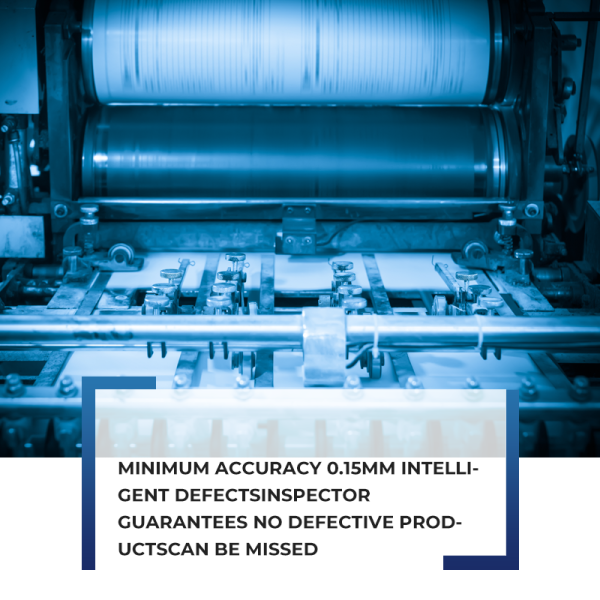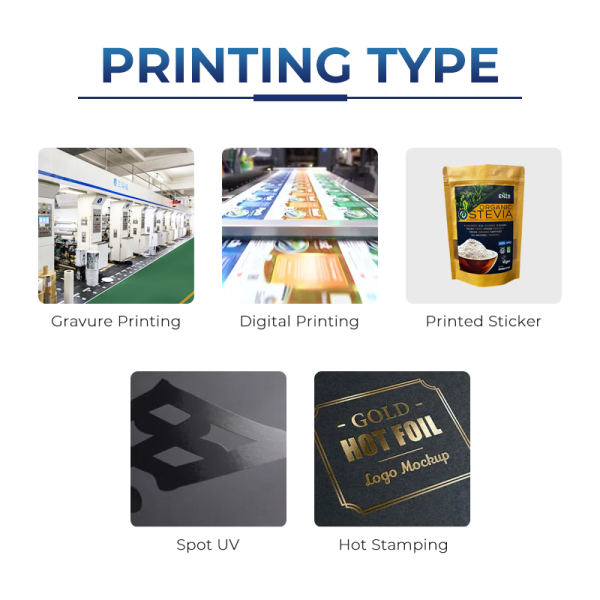-
Basic Composition of Mylar Mylar is a type of polyester film, scientifically known as polyethylene terephthalate (PET). This material is created through a chemical reaction between terephthalic acid and ethylene glycol, forming a high molecular weight polymer. The unique properties of Mylar make it an ideal choice for various applications, including food packaging, optical devices, and electronic product protection.

-
Manufacturing Process of Mylar The production of Mylar involves several key steps:
-
Raw Material Acquisition: The primary raw materials for Mylar production are terephthalic acid and ethylene glycol, which are obtained through industrial processes.
-
Polymerization Process: These raw materials undergo a polycondensation reaction to form polyethylene terephthalate (PET). This process requires high temperatures and catalysts to ensure the formation and stability of the polymer.
-
Film Stretching and Orientation: The PET polymer is extruded into film form through a melting process. The films are then stretched and oriented to enhance their mechanical strength and thermal stability. This process also allows for adjustments in film thickness and transparency to meet different application needs.
-

-
Characteristics of Mylar Mylar possesses several outstanding properties due to its unique chemical structure:
-
High Strength and Durability: Mylar film has excellent tensile and tear strength, enabling it to withstand external pressures and mechanical stress.
-
Moisture and Oxygen Barrier: Mylar offers effective barrier properties, preventing moisture and oxygen from penetrating and protecting the quality and freshness of the enclosed items.
-
Excellent Transparency and Optical Properties: Mylar film provides high clarity and optical performance, making it suitable for applications requiring visibility and clarity.
-
